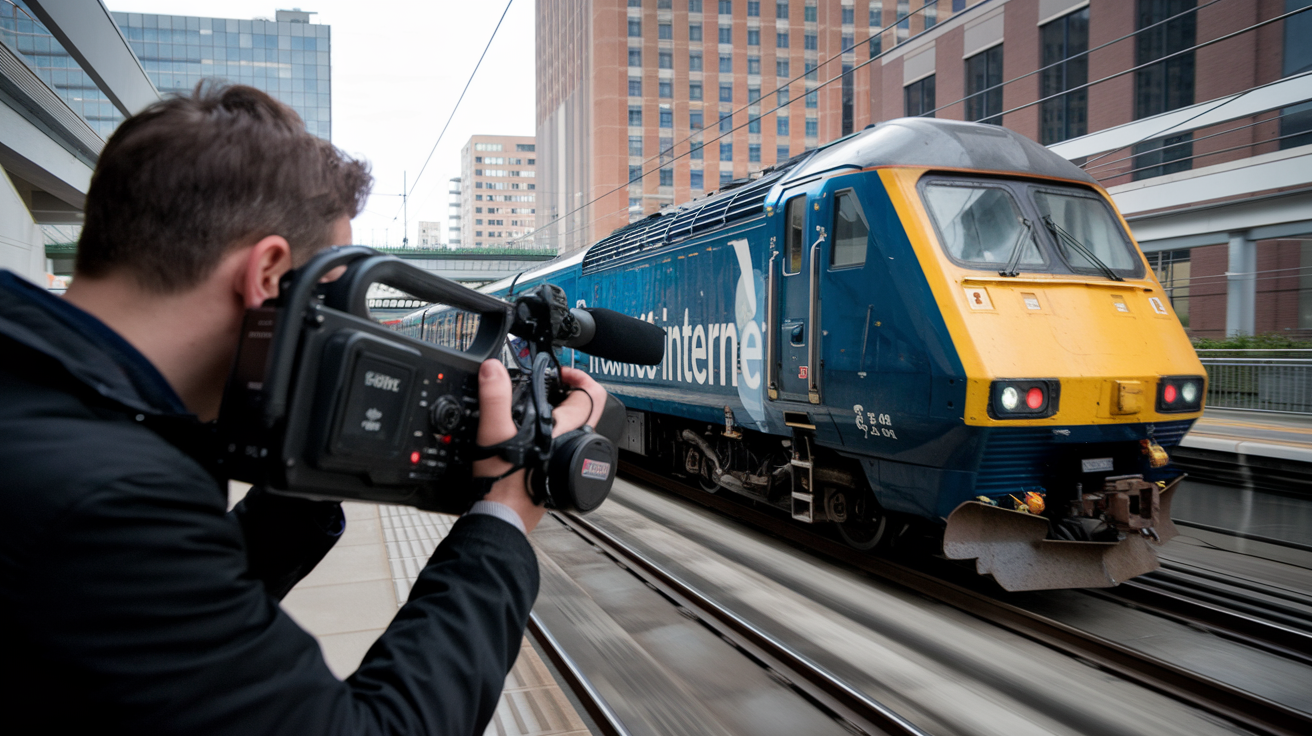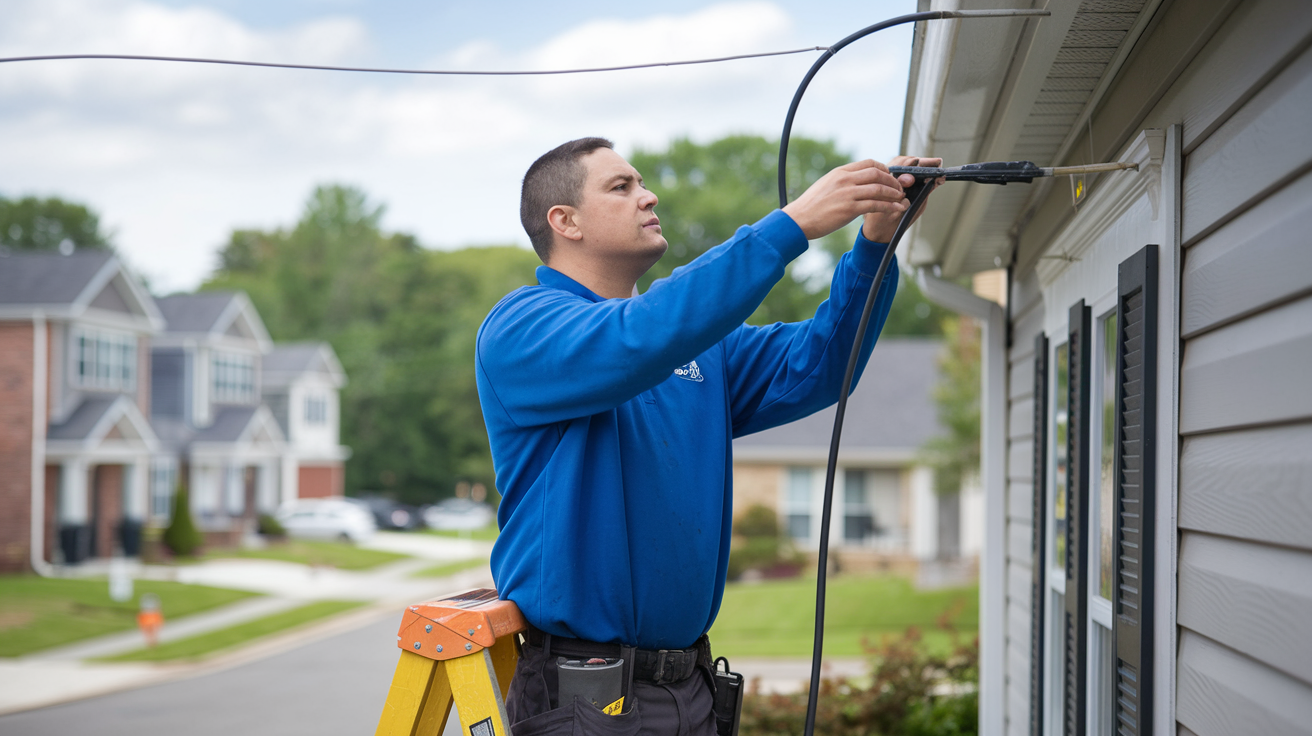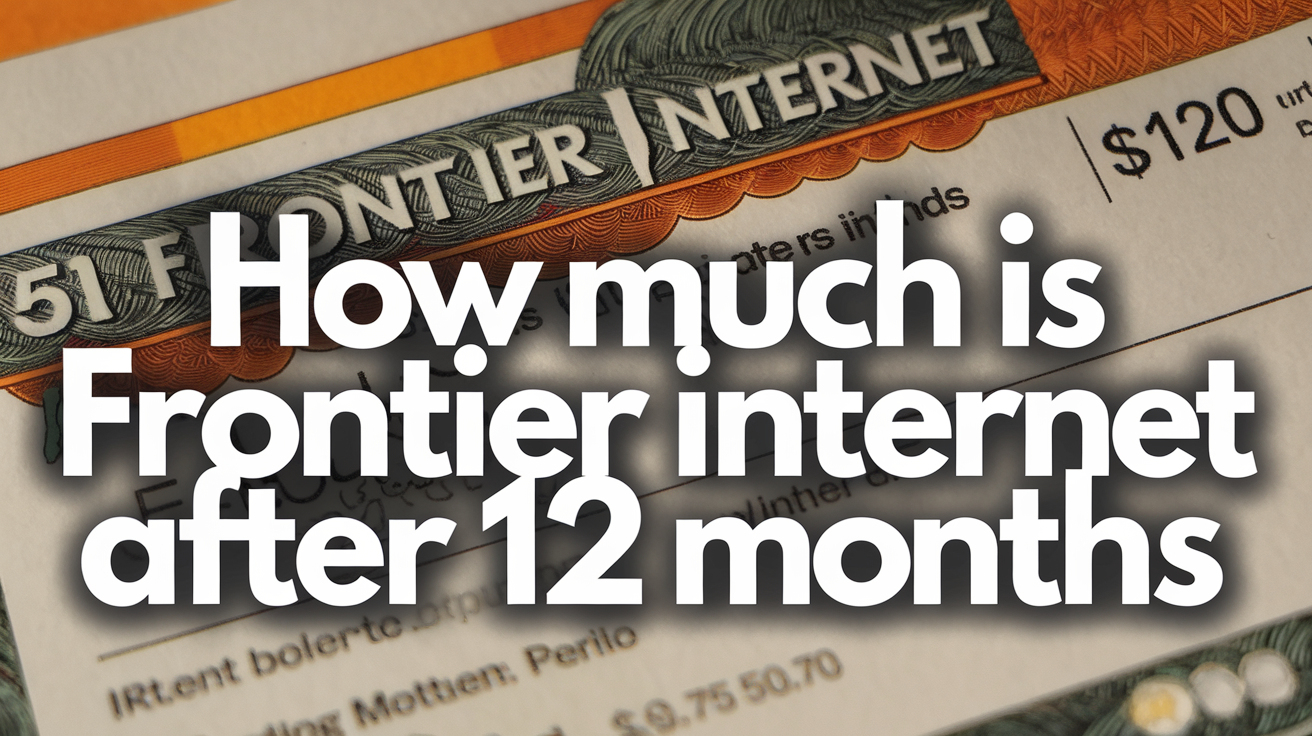How Fast Is Frontier Internet in Rural Areas?

Living in a rural area often means trading urban conveniences for wide-open spaces, fresh air, and a slower pace of life. However, one convenience many rural residents refuse to compromise on is reliable internet. Whether it’s for remote work, streaming, online schooling, or staying connected with loved ones, internet speed matters. Frontier Communications is one of the providers stepping up to serve rural America, but how fast is Frontier Internet in rural areas? Let’s dive into the details—speeds, technology, availability, and real-world performance—to help you decide if it’s the right choice for your rural home.
Frontier Internet: A Quick Overview
Frontier Communications is a well-known internet service provider (ISP) in the United States, focusing heavily on underserved and rural regions. Unlike some ISPs that prioritize densely populated urban zones, Frontier has made it a mission to bridge the digital divide by offering internet services in areas where options are often limited. They provide two main types of internet: DSL (Digital Subscriber Line) and fiber-optic. The speed you get in a rural area largely depends on which of these technologies is available at your address.
DSL vs. Fiber: What’s Available in Rural Areas?
In rural regions, Frontier’s most common offering is DSL internet. DSL uses existing copper telephone lines to deliver internet, making it a practical choice for areas where laying new infrastructure is challenging. However, DSL speeds can vary significantly based on your distance from the provider’s central hub. Frontier DSL plans typically range from 3 Mbps to 115 Mbps, though rural customers often see speeds on the lower end, closer to 10-25 Mbps, due to longer distances and older infrastructure.
On the other hand, Frontier Fiber (sometimes branded as Frontier FiberOptic) is a game-changer when it’s available. Fiber-optic internet uses light signals through glass cables, delivering blazing-fast speeds with much higher reliability. Frontier Fiber plans can reach speeds up to 5,000 Mbps (5 Gbps) in some areas, though rural availability is limited. Where fiber is offered, common tiers include 500 Mbps, 1,000 Mbps (1 Gbps), and 2,000 Mbps (2 Gbps). The catch? Fiber deployment in rural areas is still in progress, so many rural customers are stuck with DSL for now.
How Fast Is Frontier DSL in Rural Areas?
For most rural Frontier customers, DSL is the reality. So, how fast is it really? The advertised speeds sound promising—up to 115 Mbps in some cases—but real-world performance often tells a different story. DSL speeds degrade over distance, and rural homes are typically farther from network hubs than urban or suburban ones. According to user reports and speed tests, rural Frontier DSL customers commonly experience download speeds between 10 Mbps and 25 Mbps, with upload speeds hovering around 1-3 Mbps.
Is that fast enough? It depends on your needs:
- Basic browsing and email: 1-5 Mbps is sufficient, so Frontier DSL handles this easily.
- Streaming: Netflix recommends 5 Mbps for HD and 15 Mbps fo4 K4K. At 10-25 Mbps, you can stream HD on one or two devices, but 4K might push the limits, especially with multiple users.
- Gaming: Online gaming needs 3-6 Mbps download and low latency. Frontier DSL can work, but lag might be an issue if speeds dip.
- Remote work: Video calls (e.g., Zoom) need 3-8 Mbps up and down. Upload speeds are DSL’s weak spot, so rural users might struggle here.
In short, Frontier DSL in rural areas is functional for light to moderate use but may not keep up with heavy, multi-device households.
Frontier Fiber in Rural Areas: A Rare GemIf you’re one of the lucky rural residents with access to Frontier Fiber, the speed question becomes a lot more exciting. Fiber-optic internet doesn’t degrade over distance like DSL, so you’re more likely to get the speeds you pay for—whether it’s 500 Mbps, 1 Gbps, or higher. For rural households, even the 500 Mbps plan is overkill for most tasks, offering seamless streaming, gaming, and remote work for multiple users at once.
The downside? Frontier’s fiber expansion into rural areas is slow. As of 2025, they’ve made strides in states like Texas, California, and Indiana, but many rural regions remain untouched. To find out if fiber’s available, you’ll need to check your address on Frontier’s website or call their support line. If it’s an option, speeds of 500 Mbps or more could transform your rural internet experience.
Factors Affecting Frontier Internet Speed in Rural AreasEven with DSL or fiber, several factors can impact how fast Frontier Internet feels in rural settings:
- Distance from Infrastructure: DSL slows down the farther you are from the hub. Fiber isn’t affected, but it’s less common.
- Network Congestion: In rural areas with fewer users, congestion is rare, but peak hours can still slow things down.
- Weather and Terrain: Storms, heavy snow, or rugged landscapes can disrupt service, especially for DSL relying on old copper lines.
- Equipment: Using an outdated modem or router can bottleneck your speeds, regardless of the plan.
- Plan Tier: Frontier offers multiple tiers, so your speed depends on what you’re paying and what’s available at your location.
Speed test data and customer reviews paint a clearer picture of Frontier’s rural performance. On platforms like Reddit and broadband forums, rural DSL users often report speeds of 10-20 Mbps—adequate for small households but frustrating for larger ones. Complaints about inconsistent speeds and slow uploads are common, especially in remote areas. Fiber users, though fewer in number, rave about speeds exceeding 400 Mbps on the 500 Mbps plan, with minimal downtime.
The FCC’s 2023 broadband report noted that Frontier delivers at least 80% of advertised DSL speeds in rural zones, which is decent but lags behind fiber competitors. Meanwhile, fiber customers consistently hit or exceed advertised speeds, making it the gold standard when available.
Is Frontier Fast Enough for Rural Life?
Frontier Internet’s speed in rural areas boils down to what you can get:
- DSL: 10-25 Mbps is typical—fast enough for basic tasks but not ideal for heavy use or multiple users.
- Fiber: 500 Mbps and up is exceptional, but rare in rural regions.
For rural residents, Frontier DSL is often the best of limited options, outpacing satellite internet (like HughesNet, capped at 100 Mbps with high latency) and matching or exceeding many fixed wireless providers. If fiber’s available, it’s a no-brainer, rivaling the best urban ISPs.
Tips to Maximize Frontier Internet Speed
If you’re a rural Frontier customer, here’s how to get the most out of your connection:
- Upgrade Your Plan: Check if a higher DSL tier or fiber is available.
- Optimize Equipment: Use Frontier’s recommended modem/router or invest in a high-quality one.
- Limit Devices: Reduce strain by disconnecting unused gadgets.
- Contact Support: If speeds feel off, Frontier’s team can troubleshoot line issues.
Final Thoughts
So, how fast is Frontier Internet in rural areas? For DSL users, it’s a modest 10-25 Mbps—workable but not groundbreaking. For fiber users, it’s a blazing 500 Mbps or more—a rarity that’s worth celebrating. Rural internet is a challenge, but Frontier’s commitment to these areas makes it a contender. Check your address, weigh your needs, and you might find Frontier strikes the right balance of speed and availability for your rural lifestyle.
Call (844) 340-6366 and Start Your Frontier Internet Service Now!




